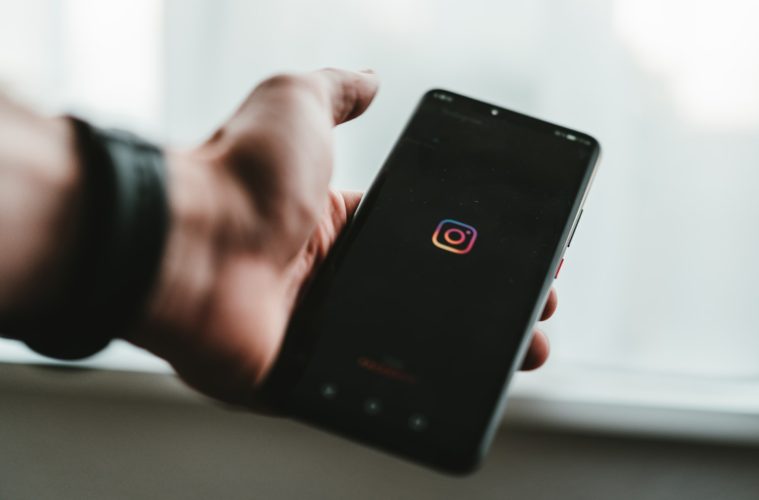You’ve probably heard that between 11am and 1pm is the optimum time to post on Instagram. Maybe between 2:00 and 3:00pm. The fact is, Mondays and weekends are the worst days to publish.
Here it is, folks. There isn’t a single optimum time to post on Instagram that applies to everyone. There were millions of users in such studies. Not really useful. You don’t have any of those people as followers.
So sit tight, because we’re about to teach you how to find the best time to post on Instagram to ensure maximum reach and visibility of your Instagram account.
5 Steps to Find the Best Time to Post on Instagram
Because each Instagram account caters to a distinct demographic with distinct social media activity patterns, each brand may have a somewhat different sweet spot for posting on Instagram. The good news is that following a few tried-and-true best practices will get you terrific results every time. Let’s get started!
1. Find out When Most of your Followers are Active on Instagram
Using Instagram’s analytics, you can know when your most active followers are on the app. To get this data for your business account, click the Insights link.
You may then click on Insights and see statistics organised by content, activity, and audience. To learn more about your followers, click on the Audience tab and look at information such as how often they visit Instagram, where they live, how old they are, and if they are male or female.
Your most active moments may be shown by switching between hours and days. Also, keep in mind that Instagram only displays statistics for the last seven days.
This just provides you with a smattering of information, but it’ll get you started. Make sure to consider the effect of holidays and seasonal changes before making any judgments based on historical data.
2. Find the Best Content Types to Post
Various types of content will have different optimal posting times on Instagram. And it’s likely that you have a variety of things to provide.
Make a hypothesis at this point. You are the only one who really understands your intended audience. The difficulty you address is what time of day are they dealing with it? When is it OK for them to consider your company’s name?
3. Create a Posting Schedule and Experiment with your Posting Times
You now have a better notion of when your followers are online and what kind of material they could be interested in. Make an Instagram posting plan for a specified length of time, say three weeks, and follow it. When it comes to video content on Instagram like instagram videos, ads, stories, sponsored commercials, and even IGTV you require an Instagram video creator to keep up with the increased demand for video content.
Assume you’re in charge of a gym’s Instagram account. We’ve posted a few distinct kinds of material that, depending on when your fans are likely to be reading it, may be of interest to them.
The number of times you post each day is completely up to you. The less you publish, the bigger the influence your work will have. Also, don’t forget that using hashtags depending on the days of the week will help you expand your audience.
4. Analyse your Content Performance and Find the best Post Times
It’ll be easy to see after a few weeks of experimenting with your Instagram posting schedule which material resonates most with your followers. After that, you’ll be able to fine-tune your timetable. Change up the stuff that isn’t resonating with your fans and keep sharing the things that are.
What resources do you have access to? In the Insights section of your business account, Instagram displays engagement metrics for each Post under the Posts tab.
If you’re marketing a gym on Instagram, your early morning posts could be getting a lot of likes and comments, but your late afternoon posts may be falling flat, despite the fact that many of your followers are online at that time. In the afternoon, you may experiment with various types of material to see how your audience reacts.
5. Constantly Experiment with New Posting Times
Your posting history is used to calculate your post-performance. In other words, check your best timings around once a month and experiment with fresh times every now and again. By doing this, you may keep discovering new things about your target market.
Brands that plan their postings ahead of time might target certain hours of the day. Laura, on the other hand, prefers to manually publish. For maximum exposure, she plans to upload to Instagram between the hours of 10:00am and 3:00pm PST on weekdays.
Will your postings be lost in your followers’ feeds if you miss publishing at a certain time every day? No, that’s not always the case. To be sure, analytic data identifies the optimal time of day down to the hour, and posting during that time of day is critical to maximizing engagement.
However, the period of time immediately before and after this specific moment is often highly advantageous as well. It’s possible that publishing inside a range will have some good impacts even if it’s not ideal.
Wrapping Up
To get the most out of all this audience data, you must be methodical in your publishing. Using the data regularly will shift the needle over time even if you don’t notice a dramatic increase in traffic right away.
Your audience grows used to seeing your brand appear up on their feed, and they appreciate and interact with your content as a result. Showing up on Instagram regularly builds credibility and trust between you and the people you’re following.





